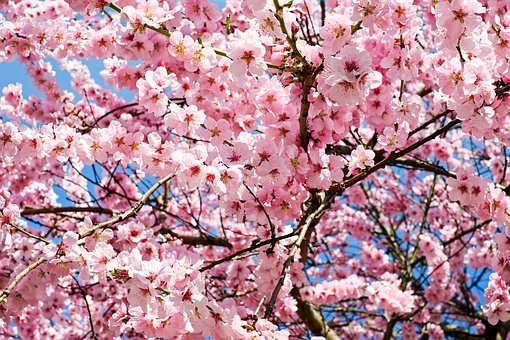Ordinary people have a common problem – either they cannot endure the slightest bit of suffering and want to take their own lives, or they become instantly self-important with the slightest accomplishment.
The history of mankind is replete with tragedies and endless wars which all resulted from the mind and are the product of excessive desire. We all know about the inhumane treatment of slaves in the West over a period of four hundred years in which black people were bought and sold like animals. This is a manifestation of mankind’s unrestrained desire at its very extreme.
Therefore, we must subdue the mind and prevent it from steering our body and afflicting us. By taming the mind, we will have the courage to transform suffering into strength and the hope to retake the path to liberation.
~Depicted from ARE YOU READY FOR HAPPINESS - How to Face Suffering and Happiness-Taming the Mind as in Taming the Elephant











